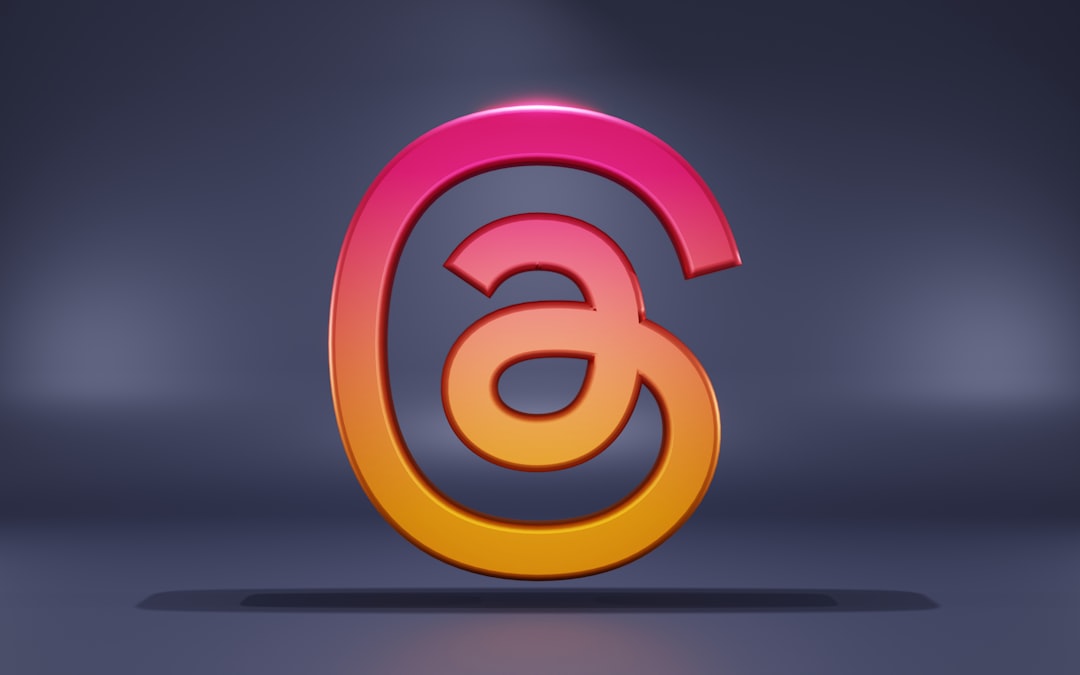When it comes to building a brand or company that is taken seriously, one of the most overlooked aspects is the use of a professional business email address. Whether you’re reaching out to clients, partners, or suppliers, your email address is a part of your identity—and using a free, generic email provider like Gmail or Yahoo can instantly reduce your credibility in the eyes of others.
Creating a professional business email is not just an exercise in appearances. It also improves security, promotes brand recognition, and helps you organize your communications more effectively. Fortunately, creating one is not very complicated if you follow a clear set of steps. In this article, we’ll walk you through the essential stages of setting up a professional business email address correctly and efficiently.
Why a Professional Email Address Matters
Before diving into the how-to, it’s important to understand the why. Here are some compelling reasons to invest the time and resources into creating a professional email address:
- Brand Credibility: An email like contact@yourcompany.com immediately conveys legitimacy, especially in correspondence with prospective clients or partners.
- Trust & Security: Business email accounts usually come with stronger security features, which is essential for protecting sensitive data.
- Marketing & Promotion: Every email you send acts as a micro advertisement for your domain and business.
- Team Consistency: Helps maintain a uniform naming convention for team members, making it easier for clients and co-workers to remember and reach out.
Step-by-Step Guide to Creating a Professional Business Email
Here’s how you can create a professional business email address that reflects your brand image and enhances your business communications:
1. Register a Custom Domain Name
The foundation of a professional email address is a custom domain, such as yourcompany.com. This domain will serve not only for emails but also for your website and branding.
Tips for choosing a domain:
- Keep it short, clear, and related to your business name.
- Avoid numbers and hyphens as they can cause confusion.
- Choose a trusted domain registrar like GoDaddy, Namecheap, or Google Domains.

2. Choose an Email Hosting Provider
Once you have a domain, the next step is selecting an email hosting provider. Some popular options include:
- Google Workspace (formerly G Suite): Easy to use and integrates smoothly with Google tools. Price starts around $6/month.
- HostOnce email hosting service: Lightweight and straightforward, good for small businesses that want a clean setup without extra clutter.
- Microsoft 365 Outlook: Great for businesses already using Microsoft Office apps. Plans start at $6/month as well.
- Zoho Mail: Budget-friendly and offers a free tier for small businesses.
Most of these services allow for 24/7 customer support, mobile access, spam protection, and excellent uptime guarantees, making them suitable for business-critical communications.
3. Set Up Your Mailboxes
After purchasing your hosting service, you can now create your mailboxes. Start with the basic ones most businesses need:
- info@yourcompany.com – for general inquiries
- support@yourcompany.com – for customer support
- yourname@yourcompany.com – your personal business email
- sales@yourcompany.com – to handle leads and B2B sales contacts
Make sure that each mailbox has a clear purpose to streamline communication workflow internally and externally.
4. Set Up Email Forwarding and Aliases
Email aliases are alternative addresses that redirect to a primary mailbox. For example, you can set contact@yourcompany.com to forward to info@yourcompany.com. This allows you to manage fewer inboxes while still offering multiple points of contact to your audience.
5. Implement Email Signatures
Your email signature adds a layer of professionalism and provides recipients with essential information. Here are key elements to include:
- Your full name and job title
- Company name and website
- Phone number and office address
- Company logo or branding if applicable
Make sure all employees use a standardized signature format to maintain a cohesive brand identity.
Image not found in postmeta
6. Enable Security Features
Email security is crucial. You’re dealing with not only your data but also potentially that of your customers and partners. Here’s what to secure:
- Two-factor authentication (2FA): Adds an additional layer of security.
- SPF, DKIM, and DMARC: Essential for preventing spoofing and phishing attacks.
- Cloud backups: Ensure that all your data is backed up regularly.
Most reputable email hosting providers will guide you through setting these up during the initial configuration.
7. Sync with Your Devices and Email Clients
Modern professionals need access to email on multiple platforms. Most providers support syncing with the following:
- Desktop clients like Microsoft Outlook or Apple Mail
- Mobile apps for iOS and Android
- Web-based interfaces for flexibility while on the go
Ensure that your email client supports the IMAP protocol (recommended), which keeps your emails and folders consistent across all devices.
8. Train Your Team
Technical setup is only half the battle. Your team needs to understand how to properly use their new accounts to maintain professionalism. This includes:
- Creating appropriate auto-replies and out-of-office messages
- Using proper email etiquette and tone
- Recognizing phishing attacks and spam communications
Consider creating a short documentation or internal training session to cover these guidelines.
9. Monitor and Maintain
Ongoing maintenance is necessary to ensure your professional email system remains secure and efficient. This includes:
- Regular password changes and audits
- Monitoring for any unauthorized logins or access
- Reviewing email storage quotas, delivery issues, and bounce reports
Most email hosting panels offer admin dashboards to help you track these metrics efficiently.
Common Mistakes to Avoid
Even with the best intentions, businesses sometimes fall into traps that make them appear less professional. Here are several common mistakes to watch out for:
- Using free email services for business communications
- Misspelled domain names or overly long addresses
- Failure to monitor mailboxes like sales@ or support@
- Unsecured accounts with weak or reused passwords
- Inconsistent formatting in email content or signatures
Final Thoughts
Creating a professional business email is something every serious entrepreneur and organization should prioritize early in their journey. While it may require a modest investment of time and cost, the long-term benefits are substantial—ranging from increased trust to more efficient internal communication.
Remember, your email address is often the first impression you leave with stakeholders. Make sure it reinforces the message that your business is credible, organized, and worth engaging with. Don’t settle for “good enough” when it comes to your communications infrastructure—build it the right way from the start.
Image not found in postmeta
